SEO
Free SEO Analysis
SEO Services
Content Marketing Services
Local SEO
Link Building Services
Specialized SEO Services
PPC
REPUTATION MANAGEMENT
Free Reputation Management Analysis
Reputation Management Services
Review Management Services
Specialized Reputation Management Services
CEO Reputation Management
Brand Enhancement
Business and Directory Listings
Comprehensive Reputation Management Audit
SOCIAL MEDIA
Free Social Media Analysis
Specialized Social Services
WEB DEVELOPMENT
Free Website Analysis
Web Design Services
Mobile Development Services
Website Maintenance Services
Specialized Development Services
MARKETING AUTOMATION
Free Marketing Automation Analysis
Specialized Marketing Automation Services
Comprehensive Marketing Automation
INDUSTRIES
ABOUT DMA
Social Media
Your Points of Interest on Pinterest: Marketing through Great Photos
Request a quote
Its Fast, Easy & Free
Executive Summary
- Pinterest is now the second most influential social network, trumped only by Facebook.
- Pinterest boards are a tidy way to organize your content — choose an appropriate category for each, and help future followers discover your pins during search.
- The Pinterest Crowd Likes It Clean and Tidy
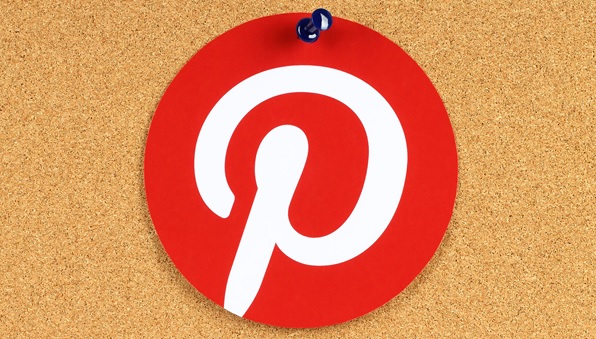
If a picture’s worth a thousand words, then the same can be said about pins and customers. True, Pinterest content is all about pumpkin pie recipes, DIY lampshades, and a trillion ways to tie a scarf, while the majority of followers are soccer moms and millennial fashionistas. True, Pinterest is not a marketing platform for just any business. Also true is that great pins convert 50% of all pinners.
Before you discard it as a social media platform for all things woman, consider the depth of a lead pool that Pinterest has become — gender aside, 93% of its active monthly users (currently counting above 200 million!) use Pinterest to browse for products and plan their shopping lists. Tempting, right?
Now that I have you attention, let me squeeze in one more juicy stat. According to the guys from eMarketer, and in terms of purchasing decisions, Pinterest is now the second most influential social network, trumped only by Facebook. Though prettier, the all-adored Instagram is way down below. Pinterest is a brilliant way to promote your business and popularize your brand, the numbers say. But, it’s still not the easiest one. Marketing through great photos takes time and effort, which is why we’ve looked at the best strategies for pinning, sharing, and optimizing your pins.
These are your points of interest on Pinterest, plus a couple of tips extra.
A Little Red Button That Says “Join as a Business”
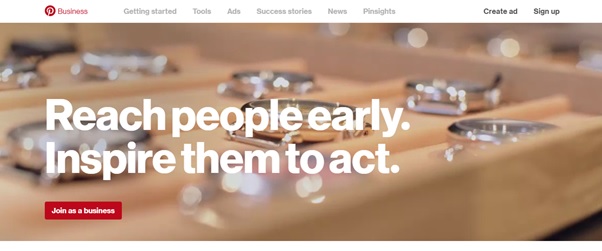
Hold your excitement for now, since you’re still a few steps away from campaigning. If you’re going to use Pinterest for marketing purposes, you’ll need to create an official business account. It somewhat differs from personal ones — the terms of service are not the same, but neither are the perks and benefits.
The Acceptable Use Policy and Pin Etiquette Policy are quite a read, so let me sum them up for you. Whatever you’re going to do, Pinterest would like you to do it in moderation. That means no spam, no sponsorships and endorsements from the network, and no frequent sweepstakes and promotions.
In return, you’ll receive exclusive access to educational marketing materials and webinars at Pinstitute, as well as the right to use tools like Pinterest Analytics, Rich Pins, Promoted Pins, the Pin It Button, and Widget Builder. In terms of marketing, this is a pretty comprehensive and effective suite.
Simply go to the Pinterest for Business page and leave your credentials. In case you already have a private account, no worries — you can convert it into a business one, and all of your previous pins, boards, and followers will tag along. Just don’t forget to link it to a website and Facebook page.
Pinnable Posts and Popular Pins: Tips and Tricks
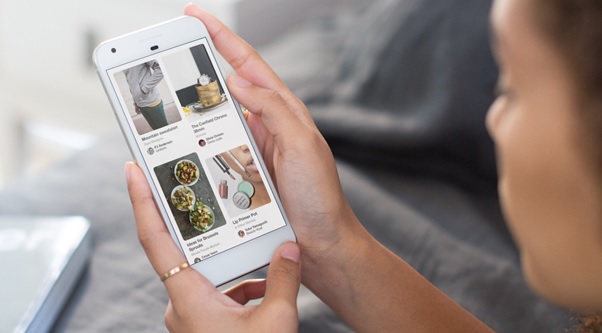
Pinterest’s feed doesn’t differ much from its counterparts on other social media; the posts a pinner sees upon logging in are pins published in boards or by users she’s decided to follow. There’s a handful of related and relevant ones too, “Picked for you” by the network in accordance with your previous pins. Pins can be images, gifs, or videos with a link that sends a pinner back to their original source.
An average pin is repinned around 10 times, thus driving about two site visits and six page views. But, average shouldn’t be your point of interest. You’re here to learn how to make great pins with loads of referral traffic, so I’ve compiled a couple Pinterest tips and tricks for you to start using right now.
Most Popular Pinterest Categories, According to Statista
After joining Pinterest as a business, completing your profile, and linking it to your website, the first thing you’re going to do is create a board. Pinterest boards are a tidy way to organize your content — choose an appropriate category for each, and help future followers discover your pins during search.
Are some categories more pinnable than others? Yes, of course. Throughout 2017, U.S. pinners have preferred Art, Art Supplies, & Hobbies (48%); Flowers, Food, Drinks, & Gifts (47%); Home, Garden, & Pool/Spa (45%); Health & Beauty (45%); Clothing & Apparel (37%); and Entertainment (34%).
Other popular categories on this social network are Jewelry, Handbags & Accessories, Sporting Goods, Footwear, and Baby Gear. Some are broader than others, as you can see, but that still doesn’t mean you should opt for popular ones if your pins aren’t relevant enough.
Recommended Portfolio Size: How Much Is Too Much?
There’s no limit to how many boards and pins you can create and publish — the more the merrier is a general rule of thumb on this social network. Start with at least 10 boards, and have at least 10 pins in each. The pins may be published by you as original content, or repinned from others as curated content. Go both ways, but make sure that every post is relevant, helpful, and valuable to your audience.
Recommended Pin Size: How Long Is Too Long?
Fortunately, you don’t have to choose the optimal pin size by yourself. Pinterest has already done that for you, limiting pin width to 736 pixels. That leaves you freedom of choice when it comes to length, though expert pinners recommend around 1102 pixels. The aspect ratio for pins is 2:3 to 1:3.5.
According to PicMonkey, long pins gain more attention. Instructographics — a term for DIY infographics coined by the network itself — are usually longer than 1102 pixels, though you should definitely keep them under 2061 pixels. One pixel longer than that, and your pin will get cut off on mobile.
The Perfect Pinterest Picture, According to Science
Though a few years old, a 2013 study by Philadelphia-based startup Curalate provides some valuable insights into pinnable photos that are still applicable today. The company looked at the most frequently repinned types of photos and came up with the following guide for professional pinners.
A perfect Pinterest picture includes no human faces, has a minimalistic background, multiple dominant colors, an abundance of red, moderate light and saturation, and is vertically oriented in a portrait style. Unless we’re speaking about clothing and apparel, this is ideal for creative product photography.
Pinterest as a Visual Search Engine: Optimization Hacks
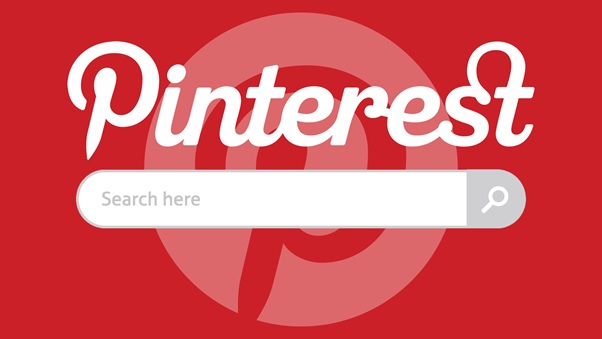
Social Media Examiner has described Pinterest as a visual search engine, which is true. When in pursuit of engaging visual content, we hardly ever go to Google Images for help (it’s mostly for tacky, royalty-free stock photography anyway). No, we go straight to Pinterest, where we are engaged and inspired.
But if Pinterest serves as a search engine for photos, instructographics, gifs, and videos, then pins should be easily manipulated with some kind of SEO technique, right? Spot on, in fact. There are a number of optimization hacks that can be applied to Pinterest, and these are the most effective ones.
SEO for Pinterest
Presuming you’ve already conducted keyword research for your main SEO strategy (as all businesses should), the same frequently searched phrases can be used for Pinterest optimization as well. Add them to pin file names, titles, and descriptions. As always, avoid stuffing, spamming, and misleading.
Peak Pinning Hours: When to Post?
Saturday morning is the best time to pin, according to HubSpot. To that, SocialFresh adds another helpful stat — the busiest repinning hours on Pinterest are between 2 and 4 p.m., and between 8 p.m. and 1 a.m.
The aforementioned peak pinning hours are presented in Eastern Standard Time, and naturally mean very little if your target audience is somewhere else. Speaking of which, these hours always depend on scrolling habits of pinners you’re trying to appeal to. Do niche research and establish your ideal buying persona. Getting familiar with your audience’s Pinterest habits should be easy from there.
Convenience Tricks: Pin It Hover Buttons and CTPs
With customer convenience being a big buzzword these days, your Pinterest marketing strategy could benefit from the same principles used to remove friction from a typical buyer’s journey. In Pinterest terms, this means linking to your sites and social media accounts, and adding pins to your newsletters.
First, make it easy for your website visitors to pin photos directly from the site by including a hovering “Pin It” button. Then, gain more followers by connecting your Pinterest account to Facebook, Twitter, and Google+. Finally, make pins a part of your email marketing campaign, and use them as CTAs.
Each lead generation email, be it a newsletter or something else, should include an exciting call-to-action — an invite to a receiver to visit your website or social media page. If Pinterest is among them, your calls-to-action can be calls-to-pin (CTPs). Say something like: Visit our board for more delight.
Building a Pinterest Following: Engagement and Relationships

It’s a simple math — the more people you target in your marketing campaign, the more successful it will be. On social media, the effectiveness of these strategies depends on how many followers you earn, engage, and build long-lasting relationships with. It’s the same with Pinterest, so let’s take a look at the best techniques for targeting pinners and building a loyal following that converts fairly quickly.
To Follow or Not to Follow, the Question Is Now
A Pinterest case study conducted at the University of Minnesota reveals three main factors that affect a pinner’s decision to follow another Pinterest user or board. The first is the number of accounts that that Pinterest user (in this case, you) is already following, or is followed by. The second and third are the number of pins and boards you have in your Pinterest portfolio. Once again, the more, the merrier.
To Post or Not to Post, Because Questions Never End
The frequency of Pinterest posts is another factor you should take into account. Expert pinners claim that the optimal daily amount of pins is between five and 30, which includes original posts in addition to curated and repinned ones. Bulk means spam, so pin one post at a time.
Being Everyone’s Favourite Pinner
Whether we’re speaking of Pinterest or Facebook, Instagram or Twitter, social media etiquette is all about communities and a friendly exchange of ideas. In order to grow an influencer at any of them, you need to engage with the crowd and spend some quality time contributing back to a chosen society.
Whether you’re pinning to be noticed for personal or business reasons, you have to keep the exchange open. This means responding to comments, answering questions, and addressing other users as fellow pinners and individuals with names, not buyer personas that may or may not get converted.
The social media exchange is like any other — mutual. If others are commenting on your pins and repinning them, you need to show interest and return the favor. And don’t sit and wait for them to follow you. Take the initiative and make contact with influential pinners; they might teach you a lot.
Plus, engaging with popular boards and pins will get your name out there. The more followers these influential pinners have, the more people who will see your comments on their pins. Unless they are obnoxious social media divas, they’ll start repinning your posts back. A true community spirit!
Pinning It to the Next Level: Marketing Strategies that Work
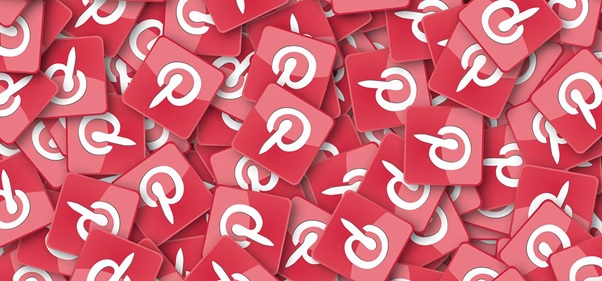
All of the aforementioned tips should earn you a nice following and prepare your pins for campaigning. Besides optimization and organic relationship building, there’s not much more you need to do in this first phase. The second phase, however, is where your marketing efforts should get more deliberate and specific — they’ll need a strategy to make them effective and to launch them to a whole next level.
These are the best marketing strategies for Pinterest.
On Pinterest, Richer Is Always Better
Rich Pins are without a doubt the best perk for marketing- and sales-oriented pinners. As an additional feature available only with business accounts, they’ve been developed exclusively for the purpose of increasing engagement — in fact, Rich Pins can boost your repin ratio to a whopping 82%!
Walmart uses them, Target takes advantage of them, and so do all other brands that keep Pinterest at the very center of their marketing campaigns. They work for five different categories, namely products, articles, recipes, places, and movies, so see what suits you the best and take your pick.
What makes them richer than traditional pins is that they include real-time information about the content at hand, plus a direct link to its original source. When we’re speaking of a product photo, for instance, a Rich Pin offers a current price, stock availability info, and a “buy” link to your online store.
Rich Pins need to be approved by Pinterest reviewers though, and they require some basic developer skills on your part. Read the official guide, take a quick meta tags 101 class (nothing too complicated), and start enjoying the perks of posting richer. For marketing on Pinterest, this strategy is a must.
Diversity Is Here Hailed Too
At least in terms of content, that is. Whatever you’re selling on Pinterest, it won’t be enough to keep the exchange flowing and your followers interested. You need to contribute back, remember, which means lots of entertaining and helpful content for reading, watching, contemplating, and devouring.
Every second day, mix it up. If you are in retail, but your online store still doesn’t have a complementary blog archive, spend some time building it. You’ll need to delight your Pinterest followers with plenty of high-quality articles, and/or engage them with moving pictures in form of gifs and short videos.
This strategy includes simple pins like inspirational quotes and instructographics too, and is intended to diversify your product/article portfolio. Since these categories aren’t eligible for Rich Pins, make sure to enrich your posts with a direct link to your website too. Just add it to a pin description section.
The Pinterest Crowd Likes It Clean and Tidy
Even though more and more men are joining the Pinterest community as we speak, the majority of pinners are still women. They like their content well-organized and their feeds clean and tidy. You’ll need to respect that, and make it easier for them to like you.
Hence the board layout. Don’t just cram all your pins into boards of different categories; organize them for easier research. One pin can be added to multiple boards, so create a couple of them and dedicate them to various content types. Put all articles in one, videos in another, and so on.
After a while, your Pinterest Analytics (we’ll talk more about it later) will be able to tell you which of your boards are more popular than others. Return to settings and move them to the top of your page. That way, when someone visits it for the first time, they’ll see the best of you first.
Relevancy Remains the First Rule of Content Marketing
Social media marketing and content marketing often overlap, which means you’ll have to follow the rules of both. When it comes to content, relevance is key. Nobody wants to see or read outdated, unoriginal, and middling photos, videos, and articles, so make sure that all your pins are substantial.
Also, exploit relevancy to your advantage. Whatever’s trending at a global or local scale, seize the moment. Pinning fresh content around major public events, seasons, and holidays will not only put all eyes on you, it will also create a sense of urgency. And all marketers know how important that is.
From Probing to Excellence: Making a Good Use of Pinterest Analytics
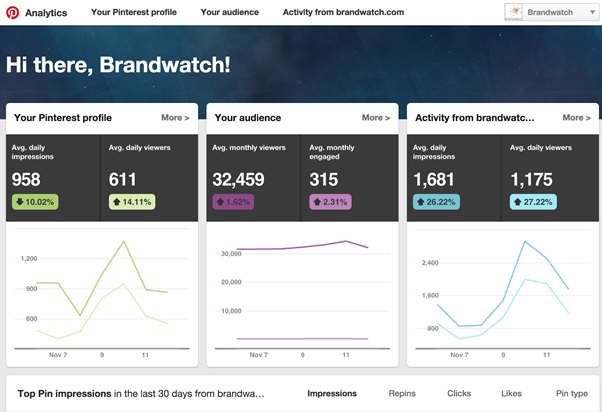
I’ve already mentioned Pinterest Analytics while I was talking about organizing the most popular boards, but this newly added business-only feature does so much more. As promised, we’ll take a closer look at how it can and should be used for marketing decision-making and effective strategizing.
Apart from your popular pins and boards, Pinterest Analytics allows you to gain insight into other important pinning behavior factors as well. You want to see how much traffic the “Pin It” button drives to your Pinterest account, and from there back to your website? Sure you can. But wait, there’s more.
Are you targeting your audience well? Whether you need to extend your reach or narrow it down, just ask Pinterest Analytics. The analysis will tell you who your followers are, including their preferences, location, and gender, as well as which devices they most use for seeing and repinning posts.
In terms of choosing the best marketing strategy, optimal frequency and time for pinning, and ideal content type, these statistics are crucial. In order to use Pinterest Analytics, you’ll have to confirm your website — this takes a couple of minutes but makes your account more official and trustworthy.
In case you need it all in nuggets, the entire Pinterest marketing strategy can be divided in six steps: 1) registration of a business account, 2) creating pinnable content, 3) optimization for better visibility, 4) building a following, 5) employing a specific strategy, and 6) analyzing for certain marketing success.
It won’t happen overnight, so don’t expect it to. As any other marketing campaign, pinning takes time and diligence. But as long as you put some hard work into each step and employ all of the tips, tricks, and hacks you’ve read about here, your road to converting pins into paying customers will be smooth.
Our Sales team